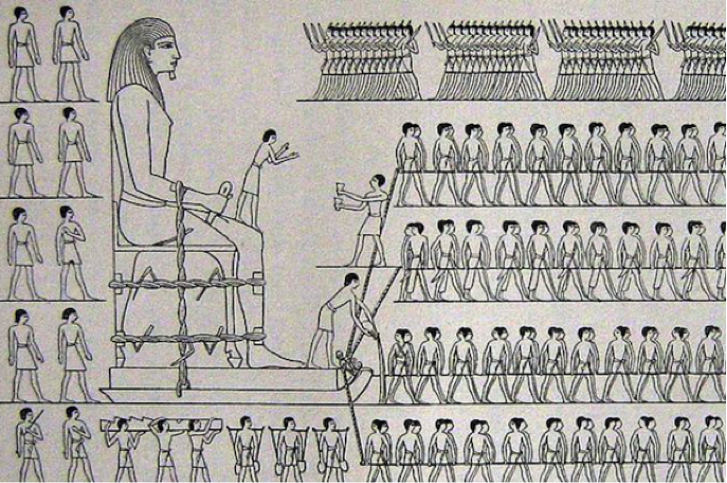
I attended our company’s project engineering training course recently. There Eric Maynard, a Senior Consultant at Jenike & Johanson, presented training on many subjects relevant to bulk solids handling. One of the topics was friction. He has an infamous quote here at J&J “Friction is fun (i.e. F=μN get it?). Make friction your friend and have fun.”
We deal with many problems involving friction during our projects at Jenike & Johanson. In the structural design department, we design Silos, Bunkers & Hoppers for storing bulk materials. The design methodology for these storage structures is very different from water or liquid storage structures, one of the main differences between designing structures for solids versus liquids storage is that with solids you have to account for forces exerted by friction.
Friction also creates flow problems. If hopper walls are not smooth or steep enough there will be more resistance to flow of the material at the walls, which might lead to funnel flow and subsequent problems like arches, ratholes and segregation. Depending on the material, its frictional behavior changes depending on moisture content, particle shape, particle size, etc.
Friction is the resistance that one surface or object encounters when moving over another. The concept of the friction is very simple, yet sometimes counterintuitive, understanding this phenomenon is sometimes very tricky. An example, which was recognized around the world as a mystery, was recently solved by researchers:
How did the Egyptians move pyramid stones and large statues?
Dragging something that heavy through the sand would dig into the sand and create a sand berm that would make progress nearly impossible due to friction. Then how did they manage to achieve it? The answer lies in picture below, which was in front of us all the time. You see that worker pouring water on the sand in front of a sled that’s carrying a colossal statue. He is adding the right amount of water to the sand, which reduces the friction significantly.

Problems like these occur in our everyday life. They could occur at our home, work, plants or at sites. We deal with those problems here at Jenike & Johanson everyday and love to solve those mysterious problems based on our experience, knowledge and research done in our well-equipped materials lab. So next time you have a problem, just think about ‘friction’ and if you need more help, you know where to go to have F=μN (fun)!




